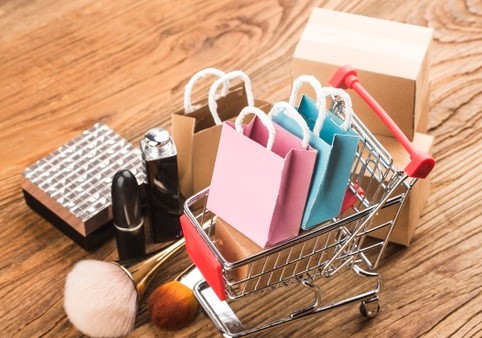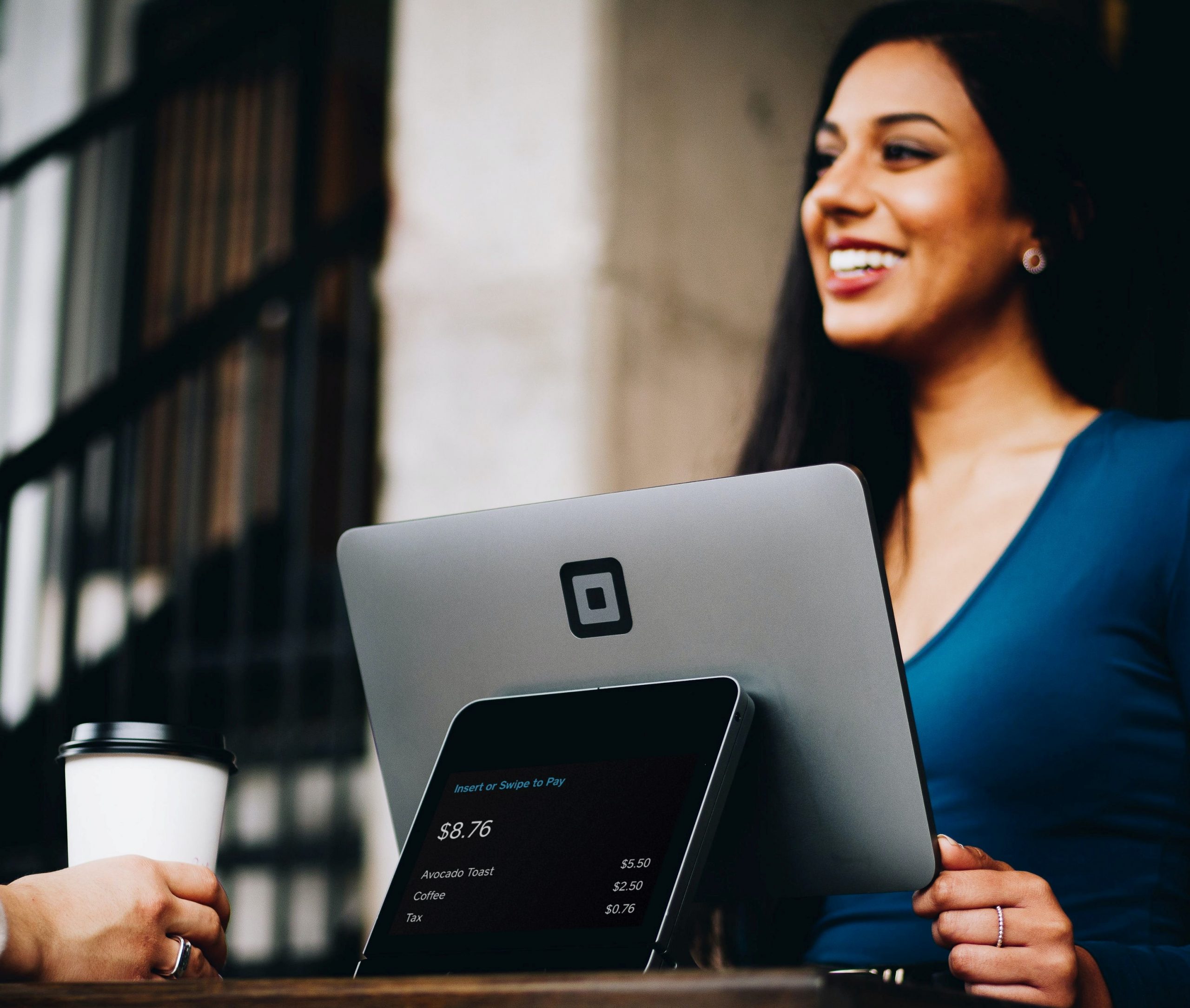A Retail store’s success highly depends on retail merchandising. Further, if it is implemented in the store the right way, it can immensely attract customers. Moreover, it encourages customers to buy products and enhances customer experience. However, if implemented the wrong way it can drive customers away. Hence, to help retailers increase sales and customers, we have mentioned below a few significant retail merchandising tips and techniques.
Retail Merchandising demands Effective Customer Dealing
Certainly, effective retail merchandising comes with the best knowledge. Most importantly retailers can get the best knowledge from their consumers. Therefore it is essential to know customers well before initiating retail merchandising implementation. Hence, retailers can successfully implement retail merchandising by conversing with their consumers.
For this, firstly, retailers need to understand the consumer’s behavior and choices. For example, retailers should be aware beforehand and assume what customers demands and queries will be. Secondly, retailers should directly talk with customers about their preferences and demands. Further, retailers can send surveys to their customers and solve their queries. For example, a point of sale system retail store can inquire from their customers about the features that they expect in their POS System. However, in case of other retail stores too, retailers need to research well about their customers. Thirdly, retailers should plan their retail store setting and should place their products based on their research. Therefore, retail merchandising is improved through customer research and interviews.
Appealing window-displays; An essential retail Merchandising Tip
The best place to implement retail merchandising is window displays. That is to say, retailers can begin implementing their merchandising by selecting the right theme. In short, retailers can get the attention of their customers through effective window displays. Further, placing products at the customer eye level is also important. Therefore retailers should place the products attractively and ensure that they match the customers’ eye level.
Retail Merchandising Tip for the Employees
Employee training in managing effective retail merchandising is essential. In other words, employees certainly play an effective role in implementing retail merchandising in stores, most importantly, when retailers are aiming to sell slow-moving products. In addition, there are some slow-moving seasonal products. Therefore retailers can promote such products through their employees. That is to say, the practical uses of the product can be demonstrated to the consumers in an event or gathering. As a result, retailers will invest in buying the product based on practicality and value.
Effective Signage
Retailers should use signage for useful and effective purposes. In other words, signboards should be such that they should advertise the product and help customers inform about the right products. Further, the signage in the stores should help customers find their desired product easily. Moreover, these signage boards should state the message simply and make it convenient for consumers.
Refresh Displays
Retailers should keep changing their displays so that they look fresh and clean. Further, retailers should enhance the front part of the store more so that customers are fascinated by the products. Moreover, retailers should highlight their products and change them according to season and demand. Above all, retailers should not neglect the window displays and must ensure that the products displayed should be trending and up-to-date. Retailers can use a calendar so that they do not forget the days on which they have to change their products and reinvent their displays.
Cross Merchandising Tactic
Retailers should place similar and complementing products adjacent to each other. In other words, retailers should know well what their customers would demand and hence should stock and place the products accordingly. Certainly, there are such products that go along with other products and hence captivate the consumers’ attention.
Enhance In-store Experience
Using in-store technology is another tactic that helps retailers’ implement retail merchandising in their stores. Further, this enhances customer service. For example, tablets placed at different sections of the store helps customers find their desired products easily and in less time.
Provide Sample Products & Testing Facility
Certainly, it is a very effective retail merchandising technique to provide customers with testing before purchasing facility at their stores. Hence, retailers should consider implementing this strategy in their stores. Therefore, if possible, retailers should let customers test the products that they intend to buy. As a result, it will enable retailers to not just enhance their customer experience but also contribute to the sale of products.





